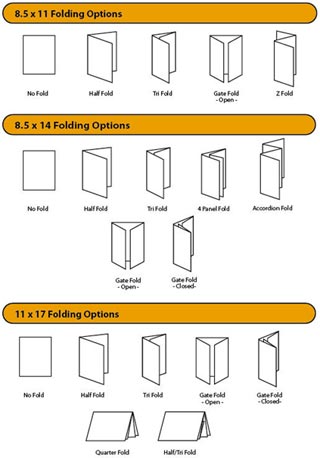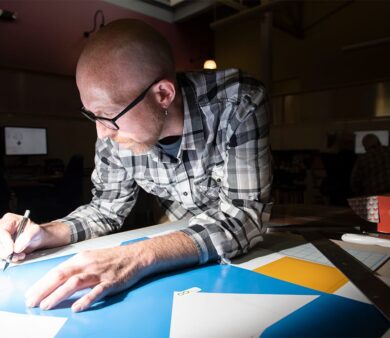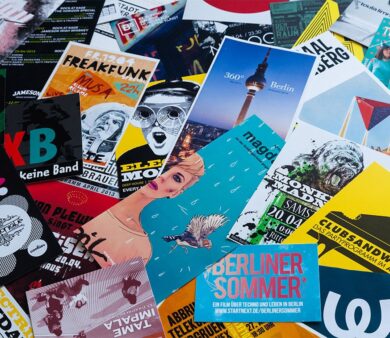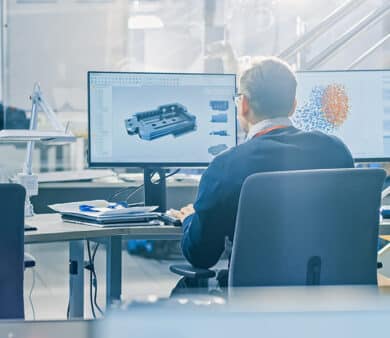Paper Folding Options for Commercial Printing
 Most of the marketing materials that we print fall into what can be called the ‘standard’ fold types. Some of the standard paper folds that we do every day include the:
Most of the marketing materials that we print fall into what can be called the ‘standard’ fold types. Some of the standard paper folds that we do every day include the:
- Half fold
- Tri fold
- Gate fold – open
- Gate fold – closed
- Z folds
- Parallel fold
- Accordion fold
- Quarter fold
- Half/Tri fold
- Tri/Half fold
See images to the right to better understand the names of the folds. Or, see paper folding in action in the video below.
Custom Folds
While most of the marketing materials you see fall in the common ‘standard’ paper fold category, the possibilities really are endless – you’re only limited by your imagination. Paper can be scored and folded into some pretty crazy shapes and sizes. Plus, creative folding can be a great way to stand out from the crowd with your next marketing piece.This fold is a combination of one folding style nesting into another. There is some flexibility here in choice of folding style, but the overall concept is that the “carrier” piece has an outside or inside inverted short fold – basically a short fold that folds up from the bottom, visible from either the inside or the outside of the piece. The short fold creates a “pocket” that can hold an additional nested piece (folding style optional). The end result is innovative and truly impactful.
The stepped double parallel fold type is a fun modification on an old standard – the double parallel fold. The concept is simple – by shortening the cover and adjusting the lengths of the trailing panels, you can create a “tabbed” effect along one side. It’s a fairly easy layout adjustment that will offer a lot of mileage from a creative standpoint.
Another great accordion folding option (budget beware) is a wrapped stepped accordion with short cover. This is an innovative way to close one edge on the challenging stepped accordion fold, while maintaining the “tabbed” appearance that is so appealing. The short cover is optional – you could always make it flush if you needed to close the right edge, too, but the short cover really showcases the stepped panels.
Imagine this: an accordion fold where some panels are shorter (in pairs), creating an interesting and varied zigzag profile while maintaining a flush appearance when folded. This is very exciting for promotional pieces or other special projects.
The paper you choose for your folded print piece is by far the most important factor in the folding process. Paper choice is not only for looking good, but also for functionality. A bad paper choice on a folded piece can have very disappointing results.





